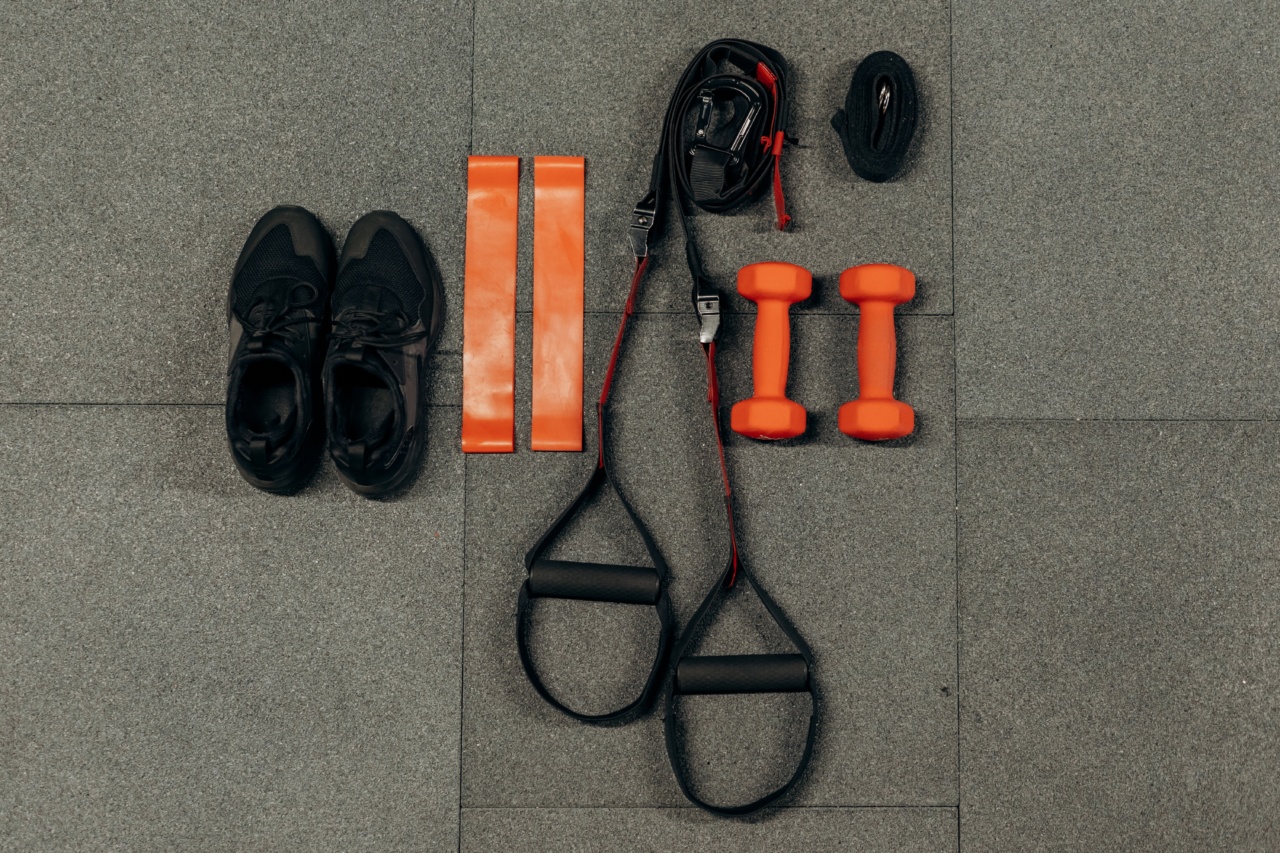Dialysis patients face many challenges in their daily lives, and staying physically fit is one of them. However, physical fitness is not just about looking good or feeling good; it is a matter of life and death for patients on dialysis.
Exercise and physical activity can help patients with chronic kidney disease (CKD) to manage their symptoms, improve their overall health, and increase their lifespan. In this article, we will discuss the benefits of physical fitness for dialysis patients and provide tips for staying active.
Benefits of Physical Fitness for Dialysis Patients
Physical fitness has a wide range of benefits for dialysis patients. Here are some of the ways that exercise and physical activity can improve their health:.
1. Managing Fluid Levels
Many dialysis patients struggle with fluid overload, which can lead to high blood pressure, heart failure, and other complications. Regular exercise can help patients to regulate their fluid levels and reduce excess water weight.
2. Improving Cardiovascular Health
Heart disease is a leading cause of death among dialysis patients. Exercise can help to improve cardiovascular health, reducing the risk of heart failure, heart attack, and other cardiovascular events.
3. Boosting Energy Levels
Dialysis patients often feel fatigued and low on energy. Exercise can help to boost their energy levels, increasing their functional capacity and improving their quality of life.
4. Managing Blood Sugar
Many dialysis patients also have diabetes, which can be difficult to manage. Exercise can help to regulate blood sugar levels and improve insulin sensitivity.
5. Reducing Inflammation
Inflammation is a common problem for dialysis patients, and it can contribute to a range of health issues. Exercise can help to reduce inflammation, improving overall health and function.
Tips for Staying Active
Staying physically active can be a challenge for dialysis patients, but there are many ways to stay active even if you have limited mobility or energy. Here are some tips for staying active:.
1. Start Slowly
If you have not been active recently, it is important to start slow and build up gradually. Begin with gentle exercises like stretching or walking, and increase the intensity and duration over time.
2. Choose Low-Impact Exercise
Low-impact exercises like swimming, cycling, or tai chi are ideal for dialysis patients. These exercises are gentle on the joints and can be done at a low to moderate intensity, making them safe and effective for patients of all ages and abilities.
3. Incorporate Resistance Training
Resistance training can help to improve muscle strength, which is important for overall health and function. Patients can incorporate resistance training into their exercise routine by using resistance bands, weight machines, or free weights.
4. Make Exercise a Habit
Consistency is key when it comes to exercise. Patients should aim to exercise for at least 30 minutes a day, five days a week. Making exercise a habit can help patients to stay motivated and reap the benefits of physical activity.
5. Listen to Your Body
If you experience pain, discomfort, or other symptoms during exercise, stop and rest. It is important to listen to your body and avoid pushing yourself too hard, especially if you are new to exercise or have health complications.
Conclusion
Physical fitness is an important aspect of managing CKD and dialysis. Regular exercise and physical activity can help patients to improve their symptoms, boost their energy levels, and increase their lifespan.
By incorporating low-impact exercise, resistance training, and making exercise a habit, dialysis patients can stay physically fit and enjoy a better quality of life.



























